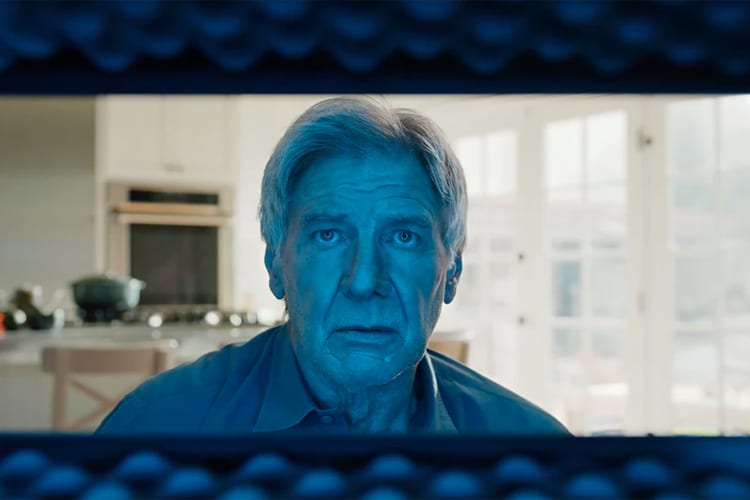With the Super Bowl fast approaching, devoted fans eagerly await the big match-up between the New England Patriots and Los Angeles Rams taking place at Mercedes-Benz Stadium in Atlanta. However, many of these fans are less devoted to the sport and more married to the Super Bowl commercials that always garner a lot of game-day attention.
Super Bowl Sunday has been drawing in millions of viewers since its start back in 1967. Last year alone, it brought in 103.4 million viewers. Most of these viewers were keeping a close eye on the game; however, typically around 25 percent of these viewers watched just to check out the Super Bowl commercials.
Normally, commercials are the last things people want to deal with when watching TV, but the Super Bowl is different. Super Bowl commercials are beloved and remembered due to their typical themes of humor and emotion.
David Ralls, president of Arizona-based Commit Agency and an expert in digital marketing and advertising, said, “Super Bowl ads are really in a league of their own.” Ralls truly understands the overwhelming viewer love of the advertisements.
He went on to explain the importance of viewer engagement in Super Bowl ads. People want to laugh, cry and be entertained while watching each advertisement.
Although these themes are of great importance, branding and memorability are everything to a Super Bowl ad. Ralls said, “the ad itself needs to make a bold statement that will capture attention for the long haul. That statement could be comical and it could be serious, but whatever it is, it needs to be bold and different to stand apart.” This was quickly figured out by the staple companies that have an ad which is seen by millions every year.
For instance, Budweiser is always a big hit and an even bigger surprise with which direction they will take their ads. Will they keep the laughter alive or take another tug at everyone’s heartstrings? Budweiser’s 2018 commercial entitled “Stand by You” got viewers’ hearts beating strong with hope as they showed the company taking a break from its traditional beer production to package water to be sent to disaster relief areas specifically in Texas, Florida, Puerto Rico and California.
Ralls expects to see Budweiser again entertaining and engaging along with other fan-favorites M&M, Toyota, Doritos and Pepsi as well as various other national and local brands — but not without a price. Each national brand pays $5 million per 30-second spot and local Phoenix brands pay around $100,000 per 30-second spot.
The ad revenue brought in by the Super Bowl commercials creates an important economic flow each year. Ralls noted that over the past 52 years, the Super Bowl has brought in around $5.4 billion.
Brands cover this cost in hopes to “live on past the spot” which will allow the growth of their “brand love,” as the Commit team would say. Memorability is a huge player in this game which sometimes leads to companies stepping outside their comfort zone of humor and emotion.
In recent years, some brands including 84 Lumber, Toyota and Coca-Cola have taken their ads to a slightly more political level. Although the trend has been done before and continues today despite some consumer pushback, 2017 was a big year for political ads.
84 Lumber presented a two-part political ad following a Hispanic mother and daughter migrating to seek refuge in the United States. After they arrive at the border, they find the border wall has been built blocking them from a new life. The true politics come in as the mother sees a door in the wall allowing them to enter the U.S., and 84 Lumber presented their stance on the border wall with the words, “The will to succeed is always welcome here.”
Although the political ads that have aired had strong messages and political ads are a continually used strategy, Ralls does not expect to see many “politically-charged” ads during this year’s Super Bowl. “I think brands are listening and wanting to give people something to laugh about, cheer about and aspire to,” Ralls said.
It is important for a company to pick the right theme each year because consumer response starts instantly. In the current age of social media, “as soon as an ad airs during the Super Bowl, people are going to Twitter and other platforms to start talking about it,” Ralls said. However, the consumer is not acting alone. Ralls explained how each brand drives the massive social media response with its own hashtags, which leaves a huge thread of consumer response — positive or negative.
Now, all that’s left is to see which directions the brands take and what the viewers love this Super Bowl Sunday, but no matter what, one thing is for sure: the brands will make sure they are remembered.




